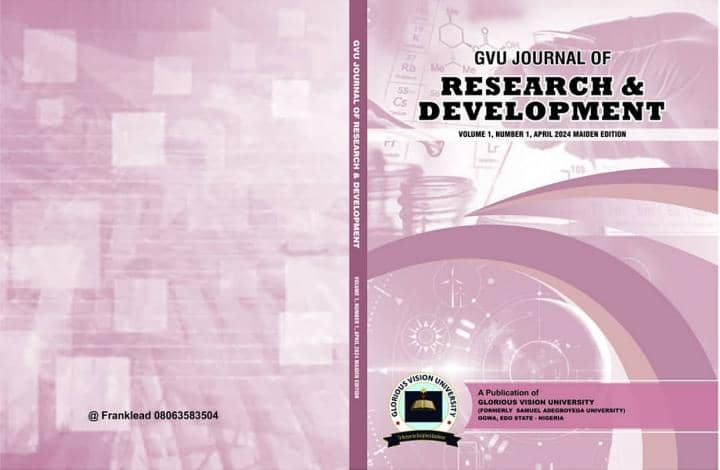Graft Copolymerisation of Acrylamide on Nanocrystalline Cellulose from Agricultural Waste
DOI:
https://doi.org/10.5281/zenodo.14035635Keywords:
Graft Copolymerisation, Nanocrystalline Cellulose, Agricultural WasteAbstract
Nanocrystalline cellulose (NCC) is a promising renewable biomaterial with potential applications as a reinforcing component in high-performance nanocomposites and as an absorbent polymer. This study focused on the graft copolymerization of acrylamide onto nanocrystalline cellulose derived from plantain peel (PP) and orange mesocarp (OM). The raw samples underwent an alkali pretreatment process followed by bleaching to extract cellulose, which was then hydrolyzed with 50% sulfuric acid at 30°C for 2 hours to obtain NCC. Graft polymerization of acrylamide onto the NCC in a heterogeneous medium was initiated with ceric ammonium nitrate under conditions of 30°C, a 2-hour interval, a monomer-to-NCC ratio of 3:1, and an initiator concentration of 0.020M. The OM sample yielded a higher NCC output of 23.50%, compared to 5.01% from PP. The % polymerization and % grafting for OM were 55.6 and 45.7, respectively, and for PP, 10 and 3.2, respectively. Oil sorption analysis showed an enhancement in the absorbent properties of grafted NCC compared to raw OM and PP. This study has provided insights into the surface modification and application of NCC through graft copolymerization, contributing to a deeper understanding of this emerging nanomaterial.



